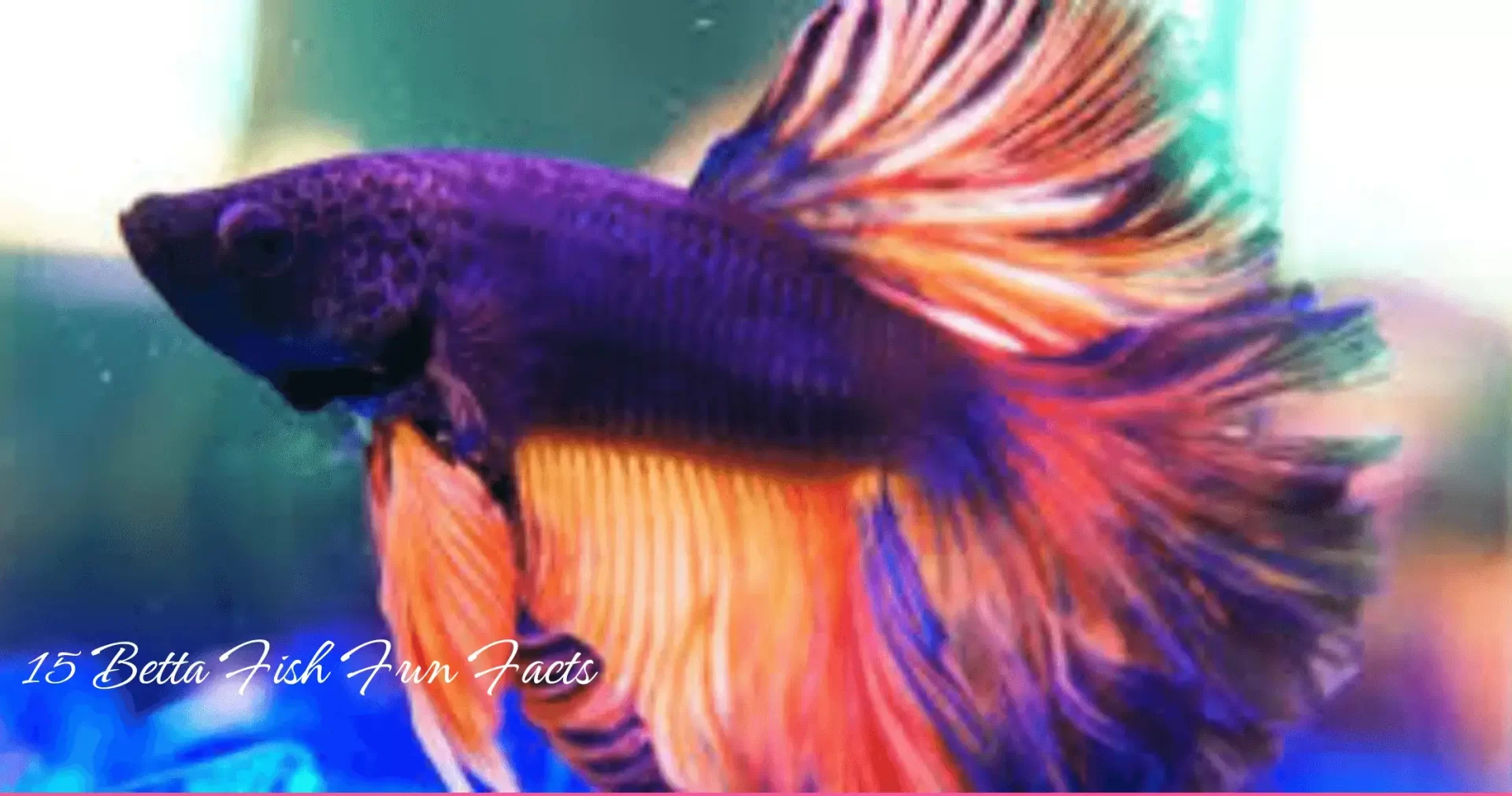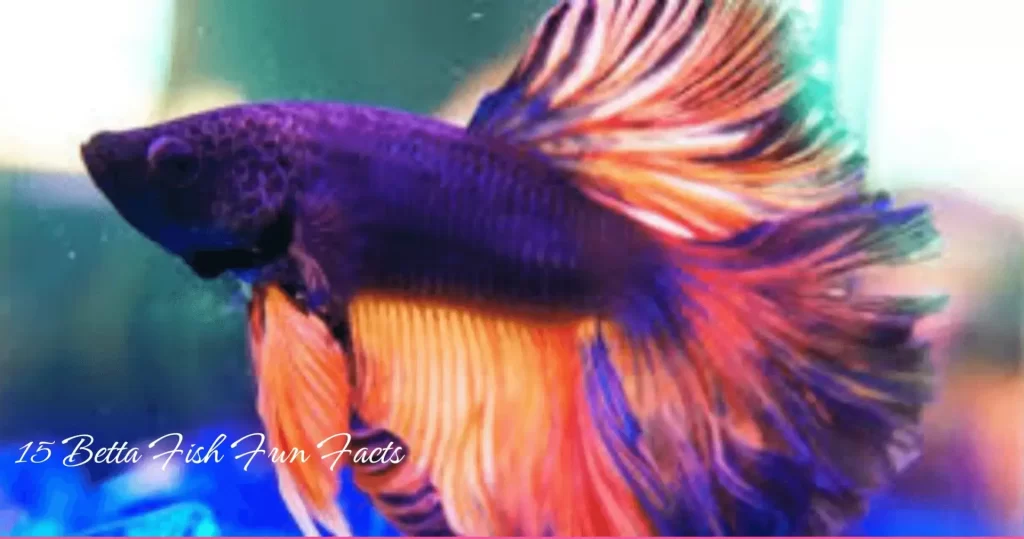
Freshwater species such as betta fish, or Siamese fighting fish, are popular among aquarium owners. The vivid colors and swishing fins of these fish have captured the attention of fish lovers everywhere.
The good news is that bettas require little maintenance, making them a desirable option for novice aquarists. Bettas are tough, but they still need to be treated well and shouldn’t live in poor conditions or be neglected.
Unfortunately, several unethical practices have resulted from the commercial breeding and marketing of betta fish. These fish are produced in great quantities by some breeders, who then confine them to tiny cups and store them on shelves until they are sold.
Thousands of betta fish live in cold, unfiltered bowls or small tanks made of plant vases or tiny cubes. Bettas are hardy creatures that can endure such conditions, but it’s vital to keep in mind that they deserve more.
You are consciously trying to provide your fish a long, healthy, and happy life as someone who takes the time to learn about betta fish care.
As part of betta care, they must be able to breathe ambient air as they have a labyrinth organ that allows them to do so. They will have access to oxygen-rich water and a healthy environment if their tank is kept clean, well-maintained, and has sufficient filtration.
Table of Contents
Some General Fun Facts About Betta Fish
In this post, we’ll look at 10 crucial betta fish facts that can help you choose the right tank, care regimen, and diet for your betta fish. Any fish species you wish to raise requires extensive research, so make sure to learn everything you can about bettas as well.
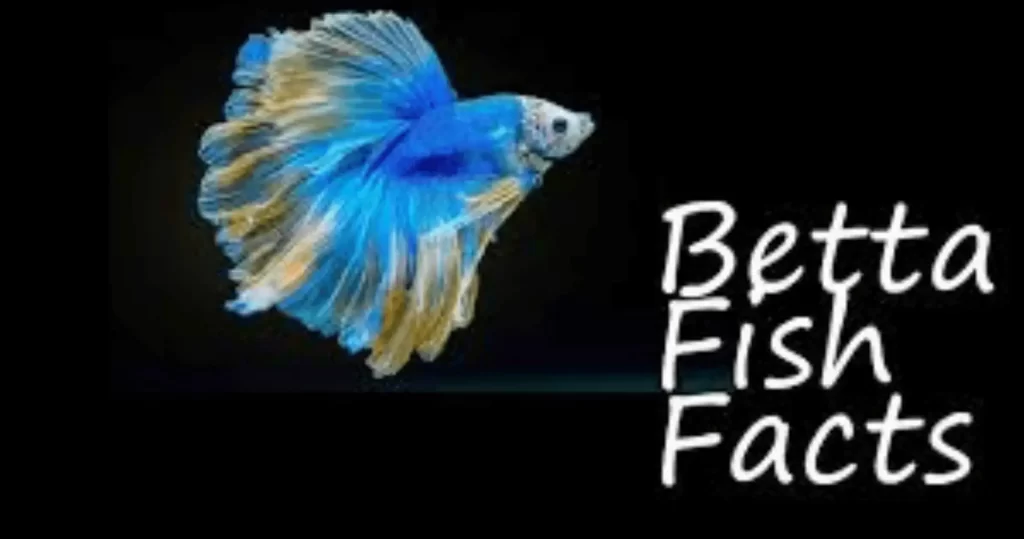
Warriors Inspired Their Names
Did you know that betta fish once shared a common parent with warriors from antiquity? The word “betta” truly derives from the name of a legendary warrior tribe called the “Bettah.” This unique connection gives the name of your pet a dash of fighting heritage.
The fascinating naming history doesn’t stop there, though. Betta fish are referred to as “fighting fish” or “Siamese fighting fish” because of the rise in popularity of fish fighting in Thailand in the middle of the 1800s. This nickname, which accurately captures their tenacity and aggressive behavior, has remained with them to this day.
You might also come across another name for these magnificent fish: “Plakat.” This Thai term translates to “biting fish” and frequently refers to a type of betta with small fins. The term “Plakat” refers to the betta’s forceful and assertive personality.
So, whether you call them bettas, fighting fish, or Plakats, keep in mind that your fish is descended from ancient fighters and has a lively personality that has attracted enthusiasts for years.
Anabantids Like Betta Fish
The anabantids, often known as labyrinth fish, are a class of fish that includes betta fish. They differ due to a special adaptation known as the labyrinth organ. They can breathe atmospheric air thanks to a unique organ, which helps them adapt well to harsh settings.
During droughts, Bettas can survive in still, muddy pools until the rainy season replenishes their habitats.
While you won’t be keeping your betta fish in a dirty puddle, it’s important to comprehend their natural adaptability in order to give them the care they require.
Unfortunately, this extraordinary genetic characteristic causes them to be abused in the aquarium industry even if it benefits them in the wild.
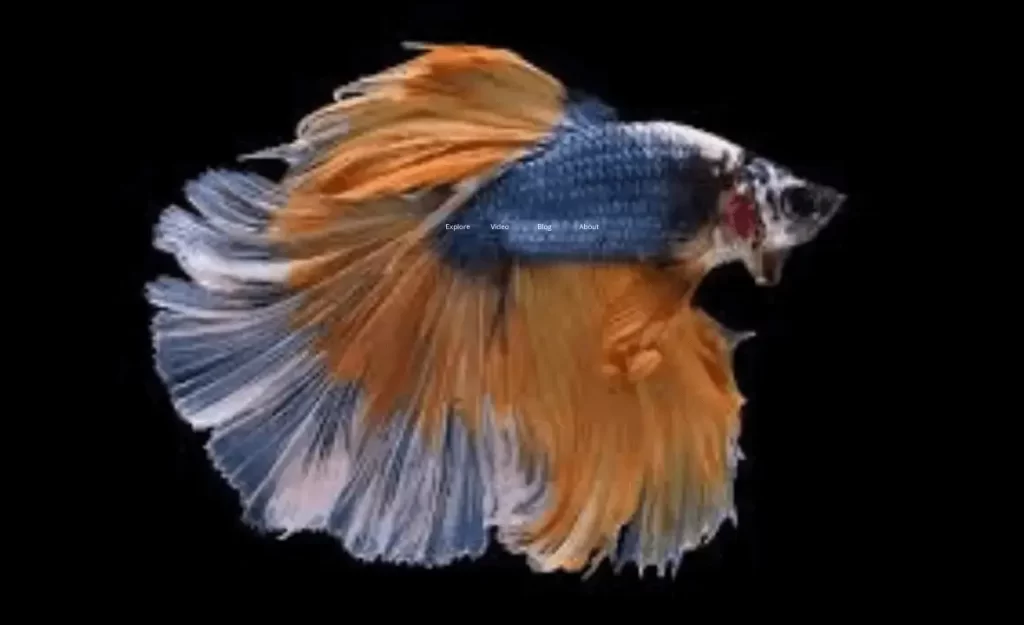
One popular myth is that betta fish tanks do not require filtration. It is true that bettas can survive in low-oxygen, unclean settings, but this does not imply that they thrive in these conditions.
Many people wrongly believe that the optimal betta setup is a small, unfiltered bowl. Bettas, like any other fish, thrive in clean, oxygenated water.
Although animals have the potential to survive in difficult situations, it is our duty as pet owners to give them a perfect environment where they may thrive.
A Fiercely Territorial Breed
Betta fish stand out for their high sense of territoriality. Betta fish are housed individually in their own bowls or tanks, as you may have noticed if you’ve ever seen them in a pet shop. The fact that these little but mighty fish are fiercely territorial by nature makes this arrangement vital.
When kept in the same tank as another fish, male bettas, in particular, exhibit great aggression, which frequently leads to fighting, injury, and even death. For this reason, they are frequently referred to as “fighting fish.” The males are noted for aggressively defending their territory and acting aggressively against other males.
However, compared to their male counterparts, female bettas are typically less aggressive.
Betta sororities of 5 to 10 females can live together happily in spacious tanks with hiding places. It’s crucial to remember, though, that even females can act aggressively and territorially if the tank is too crowded.
Setting up their aquariums and introducing tankmates to betta fish requires an understanding of their territorial nature. Your bettas may be less hostile if you provide them with enough space, hiding places, and tank mates they like.
Juggling Bettas
Bettas can surprisingly jump out of their tanks, so it’s crucial to be mindful of this. No matter what kind of tank you select for your betta, a solid lid must be in place. You do this to prevent your betta from jumping out of the water and causing damage or even death.
You must act promptly if you discover your betta fish outside of its aquarium.

As soon as you can, put your betta back in the water so they have time to rehydrate. Amazingly, bettas can endure brief periods of time—usually up to 10 minutes—without water. You improve the likelihood of them recovering if you swiftly return them to the water.
The best preventive strategy is to make sure your betta tank has a well-fitting and secure lid in order to completely avoid such scenarios. Your betta’s likelihood of jumping out will be much decreased as a result of this barrier being created.
You may enjoy having your betta fish around and reduce the possibility of any unpleasant events happening by taking proactive steps to maintain a safe and secure home.
All Species of Betta are Considered Gouramis
It might surprise you to learn that all bettas, regardless of species, belong to the group Anabantoidei, also referred to as gouramis. While other species of the Anabantoidei suborder are typically referred to as gouramis in the pet trade, bettas are particularly referred to as bettas.
This division is based on a trait that all of these fish have in common: the presence of a peculiar organ known as a labyrinth. They may take gulps of air from the water’s surface thanks to this organ, which serves as a kind of primitive lung.
A remarkable adaptation that enables these fish to endure in situations with extremely low oxygen levels is the labyrinth organ.

They can even survive motionless, stagnant conditions, which would be fatal to many other fish species. Even though their water supply is not ideal, gouramis, including bettas, can survive until the next shower.
Therefore, although having different characteristics and appearances, all bettas belong to the larger gourami family because they all possess the ability to use the labyrinth organ and survive in situations with low oxygen levels.
Understanding this shared trait sheds light on these unique fish’s interesting adaptations and survival techniques.
Bettas Are as Varied as Snowflakes
Betta fish (Betta splendens) have developed into a captivating example of the wonders of selective breeding because of the efforts of devoted hobbyist breeders. The breeders of these bettas have carefully selected their fish, resulting in an array of colors, patterns, and fin types.
Each betta is distinct and has its own mesmerizing beauty, just like snowflakes.
It is very amazing how different bettas are. Some have stunning Dalmatian-like spotted patterns, while others have mesmerizing marbled patterns that coat their bodies and fins.
There are bettas with scales that resemble those of a mighty dragon and are encrusted with platinum, white, or copper overlays.
Bettas have a variety of fin types, including magnificent crowntails, graceful half-moon tails that resemble crescents, and on occasion even double tails that produce an amazing display.
Breeders never know what kind of unusual and fascinating creature will emerge, so there is a sense of suspense with each new batch of fry. Because betta breeding is seemingly limitless, the outcome is unpredictable.
Therefore, each betta fish is a one-of-a-kind creature that displays an exquisite blend of colors, patterns, and fin kinds, much like the delicate and intricate snowflakes.
Betta Male vs Betta Female
Since betta fish defy expectations of romance, their engaging behavior is fascinating to observe. Male and female bettas court, at least initially, in a show of power and resolve, as opposed to a calm and amicable relationship.
Bettas are egg-layers, as opposed to some fish species that give birth via live birth. The male and female must perform a sequence of rituals prior to fertilization.
They frequently act aggressively towards one another when forced to share the same space.
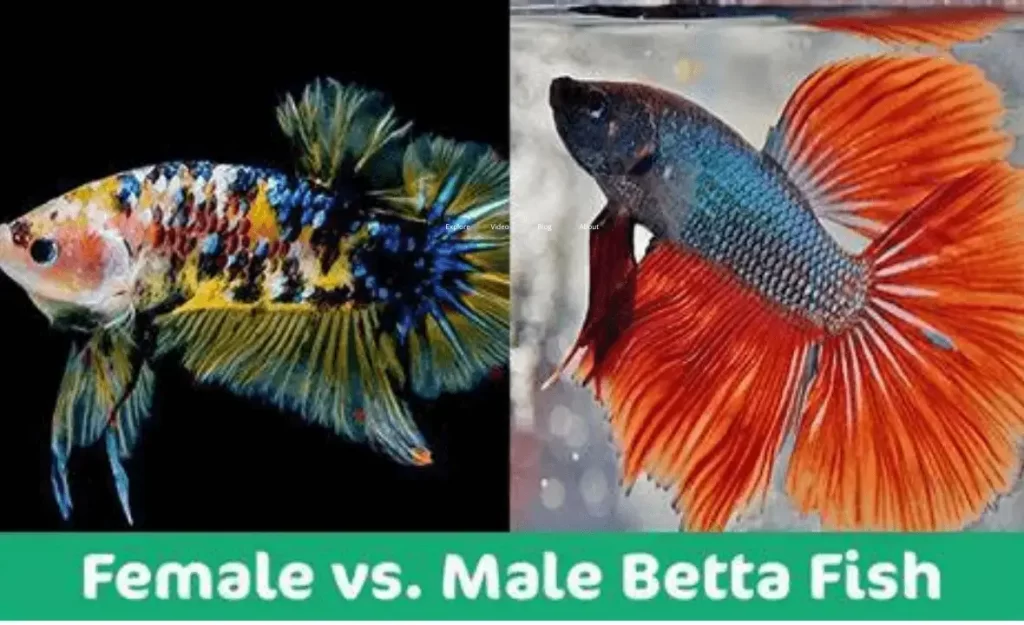
A male betta builds a nest at the water’s surface using mucus-coated air bubbles whenever he comes across a female that captures his eye.
This nest plays a significant role in the courtship process. The male reacts by igniting at the female and chasing her around as soon as she is brought into his tank. The female responds by flaring her gills and fins in an effort to ward off the male’s advances.
However, the dynamic shifts as the wooing goes on. In order to impress the female, the male betta will display his best side view while shimmering and flashing his fins.
The female stays still as he approaches and rolls her over when she is ready to embrace him. His body drapes like a horseshoe over hers in this unusual embrace, bringing their vents close together.
The male fertilizes the eggs that the female has just released at this time.
The betta fish’s courtship rituals reveal an intriguing fusion of aggression, displays of beauty, and eventually, a peaceful union for reproduction.
Mr. Mom: Male Betta Fish and Parental Care
The extraordinary caregiving behavior of male betta fish defies conventional parental rules. They build bubble nests and carefully deposit the eggs inside of them, and they also act as the guardian and caretakers of the eggs until they hatch.
Betta fish stand out from many other species due to their distinctive display of paternal care.

The female usually stops participating in the process after she has laid her eggs. In order to protect the eggs, the male may even chase her away. The instinct of the male to defend the growing young from potential danger drives this behavior.
The male betta tirelessly tends to the nest while keeping a close eye on the eggs. He keeps the bubble nest stocked with oxygen by returning frequently to the surface to verify everything is running smoothly.
The male is clearly committed to protecting the nest as he tirelessly patrols the area, ready to repel any potential threats.
It is important to remember that even though the female may show some interest in the nest during this time, her motivations may not always be good. Females occasionally make an effort to eat the eggs. The male actively protects the nest and drives away any intruders to stop this, even if it means coming up against the female.
This outstanding paternal care behavior in betta fish demonstrates the male’s dedication to ensuring the survival of his young. The male betta is essential to the successful reproduction of his species because he actively takes part in nesting and carefully guards the eggs.
The nursing behavior displayed by male bettas is evidence of the unique and varied methods used by several types of animals to secure the survival of their young.
An Adult Male Betta Fish is Bigger than a Female
The size of the adult fish is one noticeable difference. Males grow larger than females, and their magnificent fins and brilliant colors add to their eye-catching look.
While both sexes begin the same size as youngsters, male bettas can grow to be up to 3 inches long from mouth to tail, while females normally grow to be approximately 2 inches.

Betta fish have a lifespan that ranges from two to five years. They reach their breeding optimum between the ages of four and twelve months.
Breeding success is frequently higher with younger bettas, as older individuals may pass on undesirable genetic features. When breeding, it is critical to consider size compatibility, as the male and female should ideally be of similar size.
Bettas Need Protein
A meal high in protein should always come first when feeding betta fish. While bettas may be interested in a variety of foods, it’s crucial to make sure that protein sources make up the majority of their diet. Here are some suggestions for feeding your betta fish to keep them happy and healthy:
- Primary Diet: Bettas can flourish on a diet primarily composed of betta pellets, which are designed to give them the nutrition they need to be healthy. These pellets are made to satisfy the nutritional requirements of bettas and are often protein-rich. To give your fish the finest nutrition possible, pick high-quality pellets from reliable manufacturers.
- Variety is Important: While betta pellets are the mainstay of their food, it is excellent to occasionally add treats to their regular meals. The best sources of protein for bettas are freeze-dried bloodworms and live or frozen brine prawns. These choices offer added nutritional value while simulating their natural diet.
- Feed Regrettably: Daily, give your betta fish modest meals, but watch out for overfeeding. A decent rule of thumb is to provide no more than three pellets at once to avoid overconsumption. The fact that bettas have small stomachs and are prone to constipation when overfed should be noted.
- Timed feeding: Give your betta fish five minutes or so to finish their food. After this time, any food in the tank should be swiftly removed to avoid problems with the water’s quality and possible overeating. To keep the tank clean and healthy, frequently inspect it for uneaten food and remove it.
- Fasting Days: To prevent constipation and advance digestive health, some hobbyists advise fasting bettas one day every week. This routine can assist in regulating their digestive system and averting future problems. However, it’s crucial to keep an eye on your betta’s general health and modify feeding schedules as necessary.
Each betta fish is different, and their feeding requirements could differ slightly. Regularly check on the behavior, physical state, and general health of your fish. To make sure they are keeping a healthy weight and acting normally, adjust the feeding schedule and amounts as needed.
Effects of Betta Tanks on Lifespan
The size and circumstances of the tank can have a big impact on the bettas’ longevity. Bettas’ lives may be shortened and their general health may be compromised if they are kept in small bowls or unfiltered tanks.
These little aquariums can be found at pet stores, but despite their pretty patterns and hues, bettas cannot live in them.
Although tanks of 5 gallons or more are preferred, tanks of at least 2-1/2 gallons are advised for bettas. A bigger tank provides the betta with greater water quality and more swimming space, enhancing their general well-being.
A filtered tank also contributes to maintaining water quality by removing waste and contaminants, which benefits the betta’s health and length of life.
You may establish an atmosphere that encourages the betta’s natural behaviors and enables them to grow by offering a roomy, thoroughly filtered tank.
Remember that your betta’s lifespan and quality of life can be significantly increased by a larger, well-maintained tank.
Bettas Love Plants: Enhancing Their Environment
Your betta fish’s general health depends on providing a healthy and stimulating habitat. When adding plants and decorations to their tank, keep the following things in mind:

Fresh Plants: Live aquatic plants should always be added to your betta’s aquarium to improve their habitat. Live plants create a natural environment that your betta can hide in and rest in. They also improve the water’s general quality by nitrate absorption and oxygen production.
Alternatives: Realistic plastic, silk, or fabric plants can be excellent substitutes if live plants are not practical for your setting. These give your betta spaces to explore, hide, and rest while yet resembling actual plants. Just make sure the materials won’t injure your fish’s sensitive fins and that they are aquarium-safe.
Plants and Other Decorations: You may want to add other ornaments to your betta’s tank in addition to plants. Additional hiding places can be provided by floating logs, driftwood, river boulders, and man-made caverns, which can also produce a beautiful underwater scene. Your betta can use these decorations as points of interest to investigate.
The safety of your bettas should be a priority when choosing ornaments and other items for their aquarium.
Don’t let your fish come into contact with any surfaces with sharp or rough edges.
Make sure any new addition to the tank is safe and suitable for your betta’s requirements by doing some research.
Bettas Like Still Waters
Bettas prefer quiet, undisturbed waters since they are not natural swimmers and have evolved to live in slow-moving environments. Tank-raised bettas with ornamental fins are even less suited to swimming than their wild relatives.
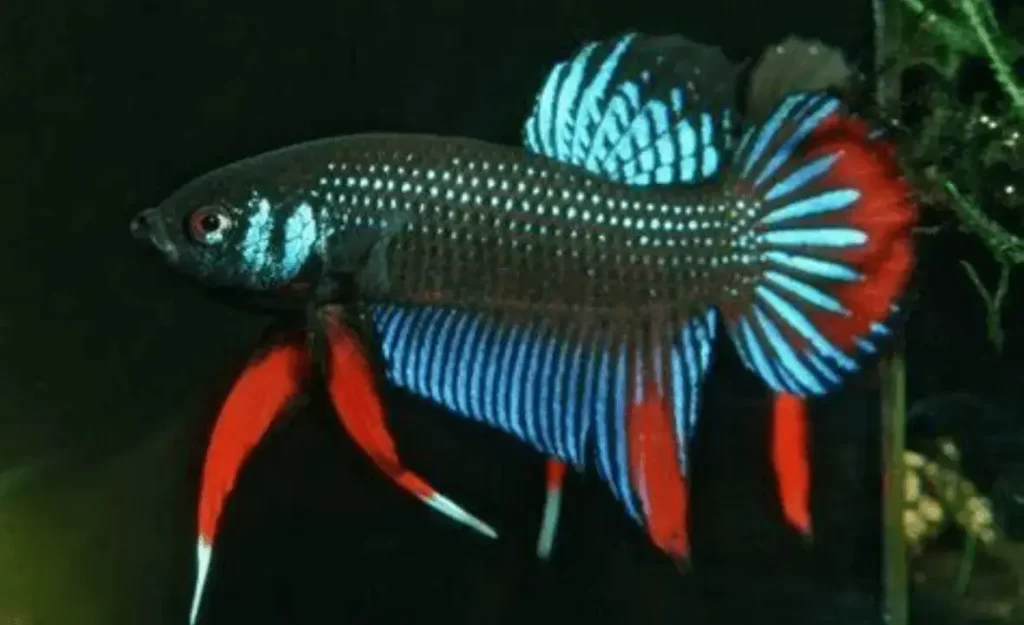
For bettas’ tanks to be comfortable, there should be vigorous water flow. When using a sponge filter, the water will be aerated without generating excessive currents.
An air-driven sponge filter maintains a moderate flow while ensuring optimum oxygenation.
Bettas may experience severe stress as a result of excessive water flow. Their energy is constantly spent swimming against a strong current, which makes it difficult for them to rest peacefully.
You may give your betta a more peaceful and ideal home by reducing water movement.
There Are at Least 14 Types of Betta Tails
Betta fish are renowned for having a gorgeous assortment of different tail forms, each with its own special qualities. The following are some notable betta tail varieties:
- Veiltail: The most prevalent and instantly recognizable tail kind is the veiltail betta. It features a gracefully spreading, single tail that flows. Veiltail and Crowntail characteristics are combined in the combtail, which has a long, flowing tail with slightly serrated edges.
- Crowntail: Crowntails are characterized by their characteristic spiky tail rays, which resemble a crown. The rays create a stunning and captivating spectacle as they spread past the tail’s margins.
- Delta: The tail of a delta betta is triangular and unfolds into a fan-like form. The edges of the complete tail may be somewhat curled.
- Super Delta: The super delta betta has a wider tail spread than the delta, similar to the delta. When fully flared, it can extend up to 180 degrees.
- Double Tail: As its name implies, double-tail bettas have two different lobes in their tail, which gives them a distinctive and symmetrical appearance.
- Half Moon: The shape of a half moon is resembled by the tails of half moon bettas, which when flared form a perfect 180-degree spread.
- Over Half Moon: The dispersion of this tail type often exceeds 180 degrees or even more, going beyond the conventional half-moon shape.
- Half-Sun: With a spread akin to the half-moon and the spiky rays of the crown tail, the half-sun tail combines elements of the half-moon and crown tail.
- Plakat: Plakat bettas are distinguished by their powerful swimming prowess and have short, rounded tails. They resemble bettas in the wild that are found in their native environment.
- Rosetail: Bettas with rosetails have extensive ray branching, giving their tails a broader, more voluminous appearance.
- Feathertail: The elaborate, highly branching tail of feathertail bettas resembles delicate feathers.
- circular Tail: Round tail bettas lack the branching or acute angles found in other tail kinds, instead having a soft circular shape.
- Spadetail: Spade Tail bettas have tails that are pointed and narrow at the end, like the end of a spade or shovel.
- Dumbo Ear: Bettas with big pectoral fins that mimic elephant ears are known as dumbo ear bettas. This trait, however unrelated to the tail, adds to their distinctive appearance.
Final Words
As fascinating and attractive animals, Bettas require proper attention and an atmosphere in which to thrive. We must educate ourselves on how to properly care for these fish and support ethical fishkeeping practices in order to ensure their welfare.
We can make sure that bettas have long and happy lives by realizing how important it is to provide enough space, filtration, and suitable tank configurations. It is our duty as guardians to provide a safe and exciting environment so that they can express their natural behaviors and thrive.
Let’s keep raising awareness of the betta’s plight and standing up for their welfare, inspiring others to give them the respect they deserve. We can improve the lives of these amazing fish by working together.
Best wishes to you and your bettas, and may they offer you joy and fulfillment as you give a loving and appropriate home for them.

